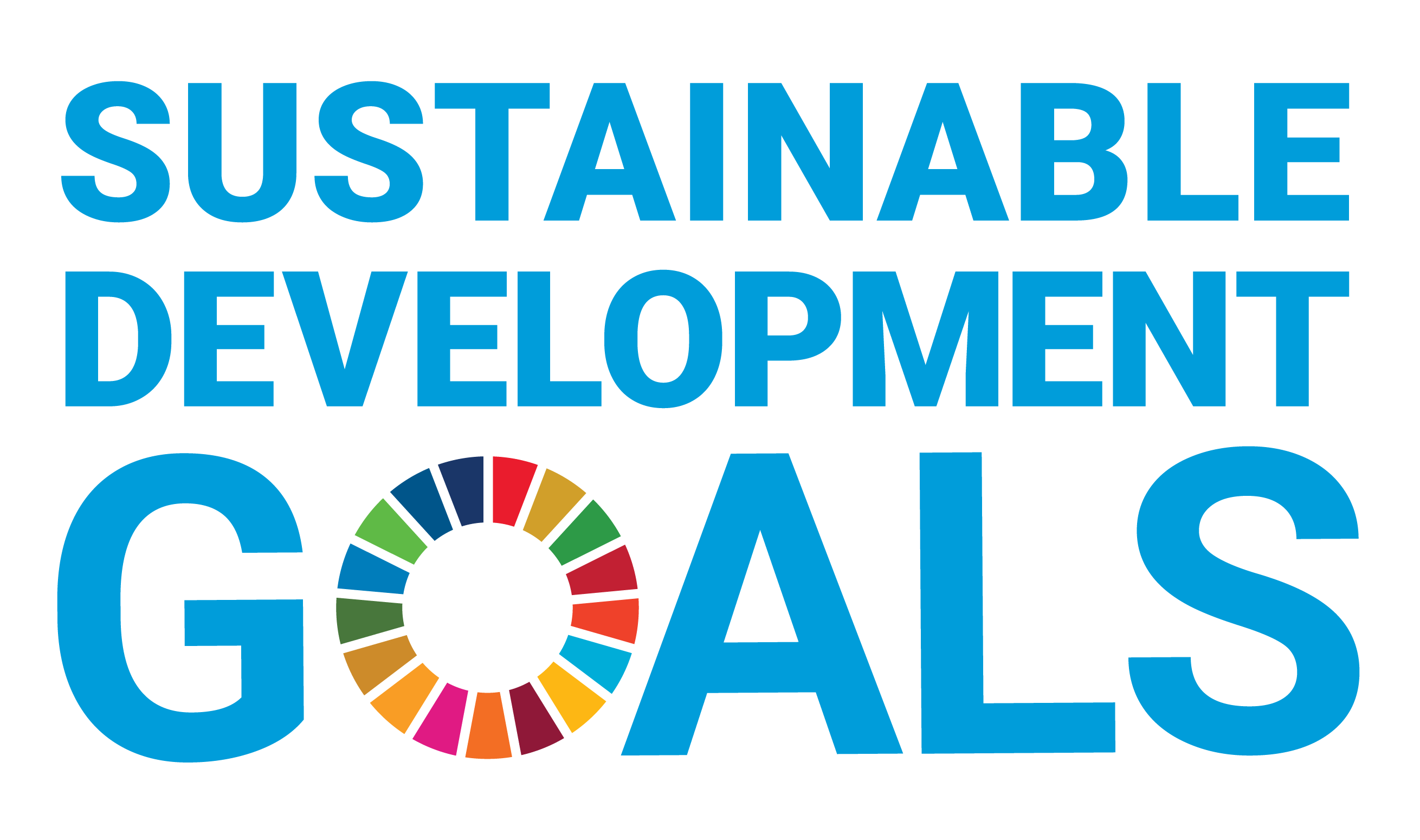Document Type
Article
Publication Date
5-29-2023
Abstract
Objectives
Despite the public-health significance of both malnutrition and crises, little has been done to explore the convergence of the two domains and develop ways to improve policies and practices, especially in rural communities. This article remedies that knowledge gap by focusing on nutrition-related changes, responses, and practices during crisis situations in Siargao Island, Philippines, using the COVID-19 pandemic as a backdrop.
Methods
Forty-six (46) semi-structured interviews were conducted among parents, caregivers, local health workers, and local officials of Del Carmen, Siargao Island. Principles of thematic analysis were applied to data analysis using NVivo 12. Afterwards, the preliminary data were presented in a virtual validation session with the local community and stakeholders.
Results
Despite the high prevalence of malnutrition amid a backdrop of economic and nutritional difficulties, the community members generally viewed their children as healthy. Rice remained (disproportionately) central to people’s diets; possible alternatives like root crops were considered emergency foods only and not culturally acceptable as staples, in spite of their cheap and ubiquitous nature. Lastly, the economic and financial repercussions of the COVID-19 pandemic have also negatively affected the community members’ overall nutrition and food sources.
Conclusion
More efforts should be directed toward encouraging the consumption of root vegetables and fruits as rice alternatives in everyday diet—a cost effective strategy that would also promote dietary diversification. More importantly, nutrition responses should consider local food systems in terms of specific local economies and geographies, while health promotion efforts should engage with local notions of ‘health’ and ‘nutrition’ and encourage community participation in (re)designing policy interventions.
Recommended Citation
Lasco, G., Yu, V.G., Compra, J.M., Leuangvilay, P., Suphanchaimat, S., Zhang, Y., & Javier, C. (2023). Nutrition in times of crisis: A qualitative study in Siargao Island, Philippines, during the COVID-19 pandemic. Acta Medica Philippina, 57(5), 5-15. https://doi.org/10.47895/amp.vi0.4963
Included in
Anatomy Commons, Community Health and Preventive Medicine Commons, Food Science Commons, Health Services Administration Commons, Nutritional and Metabolic Diseases Commons



